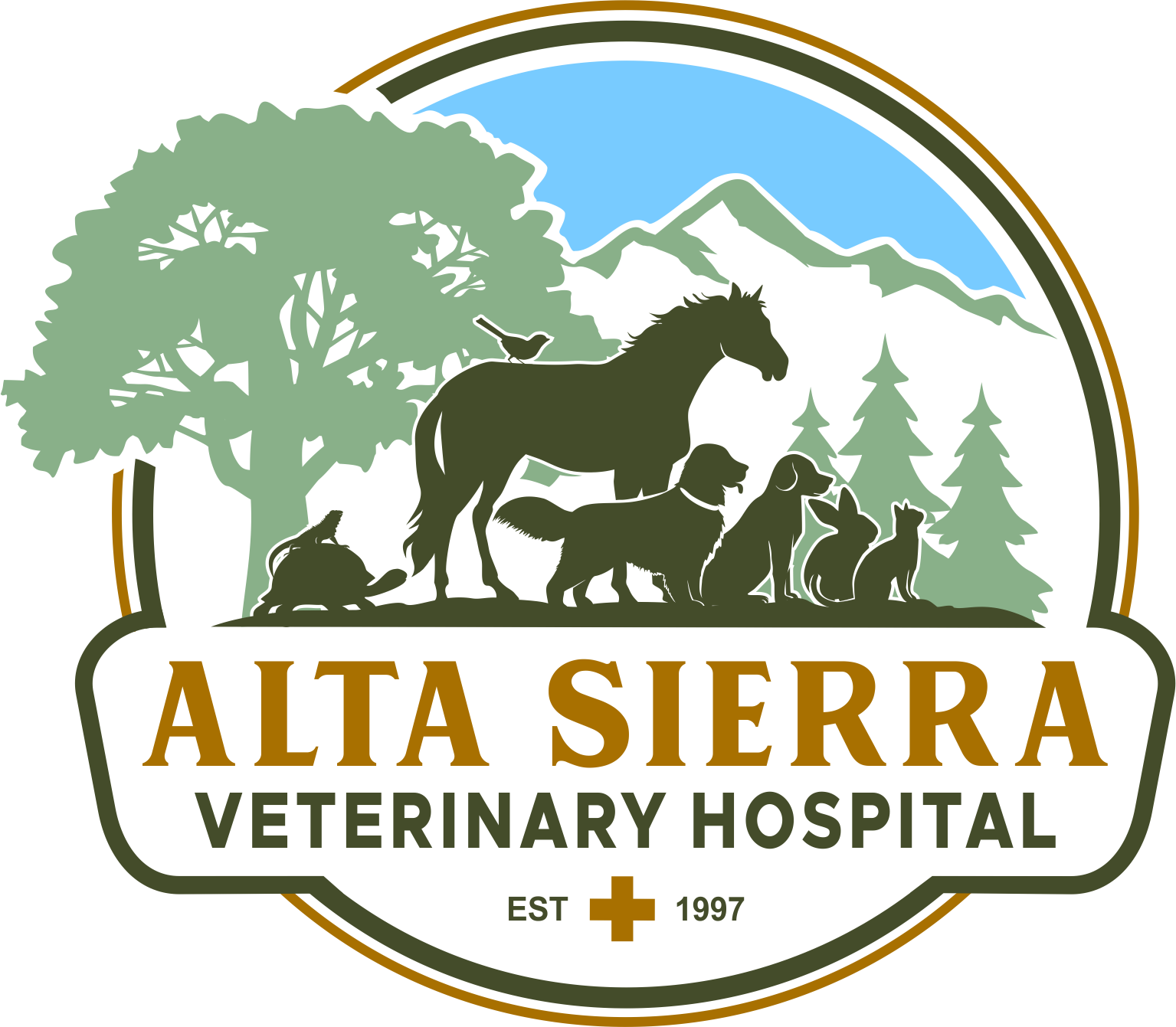Library
-
Sudden acquired retinal degeneration syndrome (SARDS) causes blindness in older dogs, most often females. The underlying cause of SARDS is unknown and there is no effective treatment for the condition. This handout explains the clinical signs observed in affected dogs, how the condition is diagnosed, and how to support a dog with SARDS.
-
Sugar gliders have become popular pets over the last decade. There are several well-known diseases or conditions that owners of sugar gliders should be aware of. Tooth decay from tartar build-up can lead to tooth root abscesses. Improper diets can lead to low blood calcium, obesity, and tooth decay. Intestinal problems may be caused by an improper diet, a bacterial infection, or a flagellated protozoal infection. It is essential to consult a veterinarian familiar with sugar gliders to select a proper diet and keep your sugar glider healthy.
-
Symmetric lupoid onychodystrophy (SLO) is a condition that results in abnormal nail growth and nails that are easily broken. This condition can be painful and may require lifelong treatment.
-
Syncope (or fainting) is defined as a temporary loss of consciousness that occurs when the brain does not receive enough oxygen. Most dogs who experience syncope spontaneously recover once appropriate levels of oxygen reach the brain.
-
This handout explains syringomyelia and Chiari-like malformation in dogs, in which fluid-filled cavities in the spinal cord develop, leading to an abnormal sensation in affected dogs. The clinical signs of the condition, along with diagnosis, treatment, and prognosis, are described.
-
Systemic hypertension describes high blood pressure throughout the body. Hypertension in dogs is often due to an underlying disease (secondary hypertension). When there is no underlying disease, it is called primary hypertension. The course of hypertension in dogs, and treatment, depends on the underlying cause. Signs, treatment, and prognosis are discussed.
-
Systemic lupus erythematosus (SLE) is an immune-mediated disease in which a dog's immune system begins to attack her own tissues.
-
Nebulization and coupage are used in patients with a variety of lung conditions and can be performed by veterinary staff and pet owners. Nebulization may be used to deliver a variety of medications to the lungs in cases of infection, allergic lung disease, or other lung conditions. Coupage is often recommended for patients with pneumonia or bronchitis.
-
Telmisartan is an angiotensin receptor blocker (ARB) used to treat high blood pressure in cats and off-label to treat kidney disease in both cats and dogs. This medication is given by mouth in the form of a liquid or tablet. It may be given with or without food but is better absorbed if given on an empty stomach. Side effects may include vomiting, diarrhea, lack of appetite, low blood pressure, and decreased energy. There are several drugs that can contribute to adverse effects when given with telmisartan. Be sure to tell your veterinarian about any medications (including vitamins, supplements, or herbal therapies) that your pet is taking. If you suspect an overdose or an adverse reaction to the medication, call your veterinary office immediately.
-
Wellness testing, performed routinely on apparently healthy birds, screens for underlying, hidden problems. Veterinarians also use test results in conjunction with physical examination findings and the owner's account of the bird's history to diagnose illnesses. Blood tests include the complete blood count and chemistry profile. Other tests your veterinarian may use to assess your bird's health and diagnose disease are discussed.

